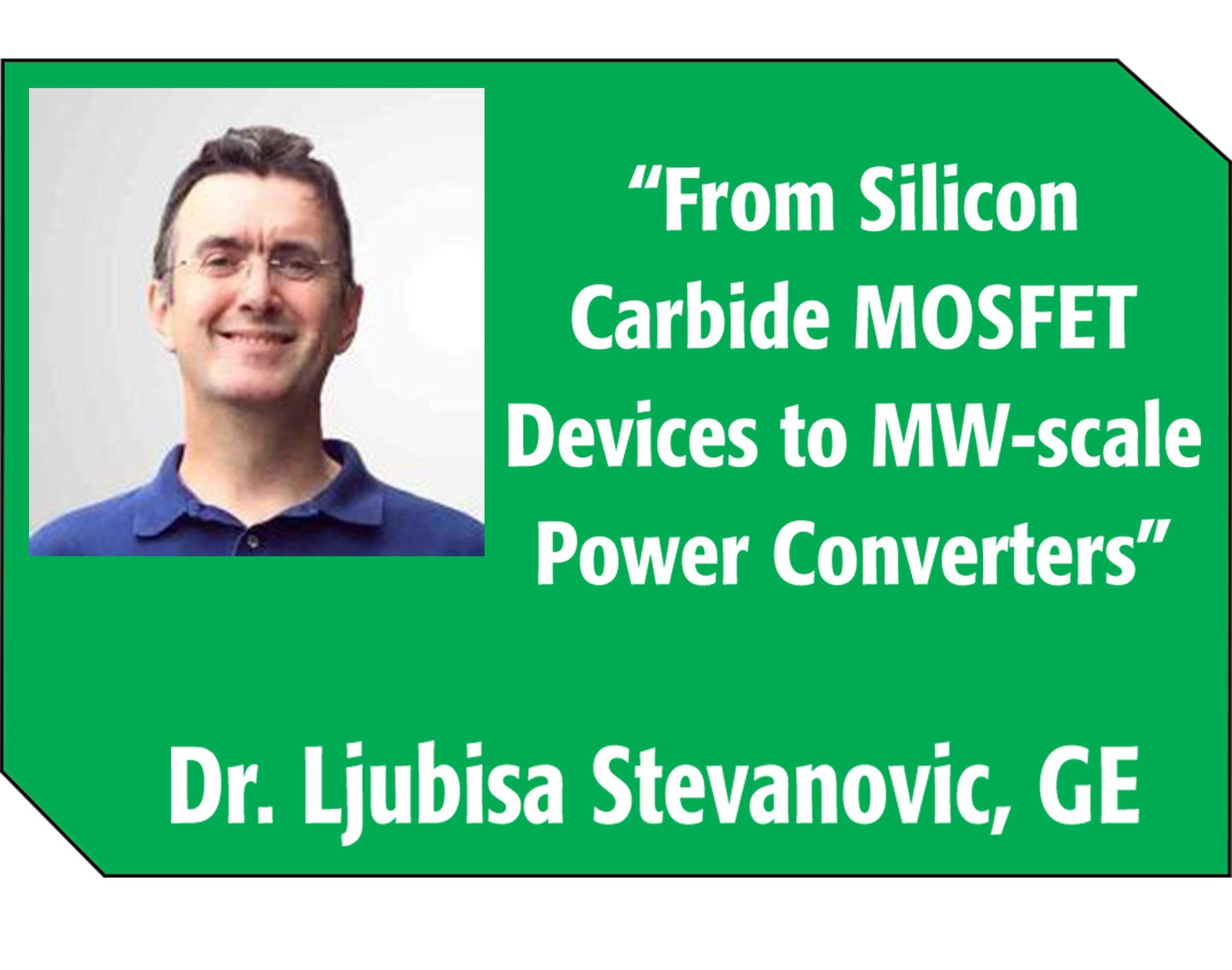Symposium on Future Electronics
| Time | Description of event | Location |
| 12:50 – 1:05 pm | Pick up Lunch Boxes | Reamer Auditorium |
| 1 – 1:15 pm |
Welcome and Kick-off Remarks by Prof. Luke Dosiek Union College and IEEE Student Branch Faculty Advisor Introduction to IEEE Mr. Pranav Shrestha, Chair, Union Student Branch Dr. Katharine Dovidenko, EDS Chapter, Schenectady, NY |
Reamer Auditorium |
| 1:15 – 1:50 pm |
Dr. Isabelle Ferrain, GLOBALFOUNDRIES |
Reamer Auditorium |
| 2 – 2:25 pm |
Dr. Dechao Guo, IBM Research “An overview of Semiconductor Technology: History, |
Reamer Auditorium |
| 2:25 – 3:00 pm | Coffee break | Reamer Patio |
| 3:00 – 3:35 pm |
Dr. Ljubisa Stevanovic, GE Global Research “From Silicon Carbide MOSFET Device to MW-scale |
Reamer Auditorium |
| 3:35 – 4:10 pm | Prof. Mona Hella, Rensselaer Polytechnic Institute “TeraWaves: New Opportunities for Silicon Integration” |
Reamer Auditorium |
| 4:15 – 4:30 pm |
Appreciation and Closing Remarks Prof. Luke Dosiek, Union College |
Reamer Auditorium |




